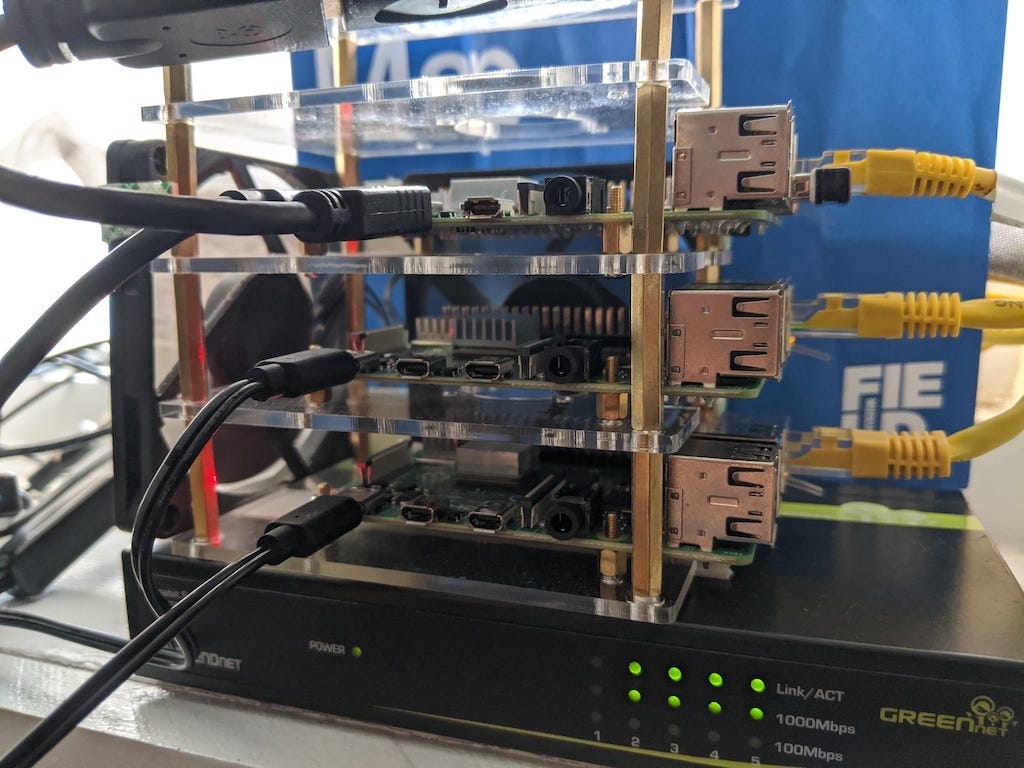

- How to install gitlab on our own server how to#
- How to install gitlab on our own server software#
- How to install gitlab on our own server code#
- How to install gitlab on our own server free#
How to install gitlab on our own server code#
And the frontend could be a single page application written with a JavaScript framework such as React or Vue.js, which is served to the clients by a simple webserver.Īll source code is managed in one monorepo. For example, the backend could be a Node.js application running on a server and providing a REST or GraphQL API. This project is a web application consisting of just two services: backend and frontend. I will explain the concept of the monorepo and its deployment with an example project.
How to install gitlab on our own server free#
We can use the GitLab service at (Software as a Service) or install the free GitLab version on our own server to gain maximal control and independence. Why GitLab? Because it integrates anything we need: Git-repository management, a powerful continuous integration/continuous deployment (CI/CD) pipeline, and a private Docker registry. And it works perfectly with code collaboration and version control tools such as GitHub, Bitbucket or GitLab. Why Git? Well, there are probably better or more suitable version control systems, but Git is by far the most common. Therefore, I mostly rely on Git and GitLab. This becomes even more important if the application is meant to last for several years.
How to install gitlab on our own server software#
Any additional tool requires additional knowledge about its usage and increases the dependency on third party software and services. I always try to keep my “tool belt” light and tidy. Again, whether these tools are required depends on your project: its structure, size and the kind of collaboration in your team. There are many tools and concepts available, which help you to organize and work with a monorepo: Bazel, Buck, Nx, or Lerna, just to name some of them - a comprehensive list is given in Awesome Monorepo. If you work in a team on the same project and/or if your services and libraries are part of the same project and deployment process, a monorepo is very likely something you should give a try. Simple rule-of-thumbs are One repo per team or Release it together, keep it together. Whether a monorepo brings more benefits than drawbacks to a project depends strongly on the project’s structure and organization. How We Use Git at Microsoft (February 2018).Why Google Stores Billions of Lines of Code in a Single Repository (Communications of the ACM, July 2016) and Advantages and Disadvantages of a Monolithic Repository - A case study at Google (PDF, ICSE-SEIP 2018).Matt Klein’s already famous-infamous Monorepos: Please don’t!, one of the many responses: Monorepos and the Fallacy of Scale by Paulus Esterhazy, and the following Discussion on Hacker News (all January 2019).More details on the pros and cons can be found in the following resources:

But nothing is for free: with a monorepo, per-service semantic versioning and the deployment process is more complicated. The monorepo approach allows an easy access to the whole code base, which brings many advantages such as ease of code reuse or simplified dependency management. one repository for all the source code in the project.
How to install gitlab on our own server how to#
The question arises, how to organize the source code in such a project. In larger projects, where scaling becomes an issue, the services can also be split into multiple microservices. For example, a backend API and a frontend client. Modern web based applications consist of multiple services. And how such an application can be easily built, tested and deployed with GitLab CI/CD and Docker. This article gives a brief introduction to the advantages of a monorepo regarding the development of multi-service applications. They likely are already, but if they aren’t, you’ll want to fetch them from your distro’s package manager.Abstract. How To Install Gitlabįirst, you’ll have to make sure the dependencies for HTTPS are installed- openssh-server and ca-certificates. Really, git itself shouldn’t be used as a backup tool, although it can be used as such with services like Github. If your instance is terminated, you data can be lost. One thing to note is that if you’re running it yourself, it isn’t a 100% backup. As far as CPU usage goes, Gitlab stayed below around 10% usage in our testing when pushing and pulling large projects.

It may be possible to get away with less, but you may run into slowdowns when pushing code. If you’ve already got a server, you can install Gitlab alongside your other processes, but it is fairly resource intensive-Gitlab recommends 4 GB of RAM, and in our testing it used about 2.8 GB. Obviously, this requires you to pay for the server, and the storage space for hosting your files.


 0 kommentar(er)
0 kommentar(er)
